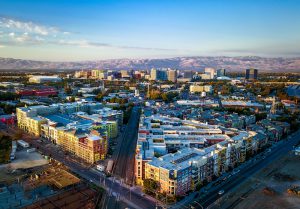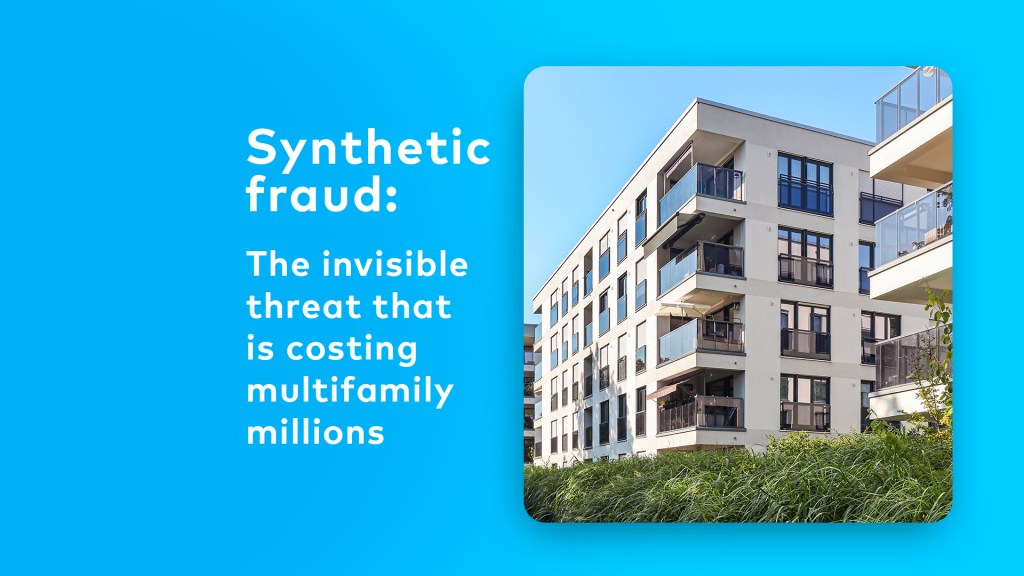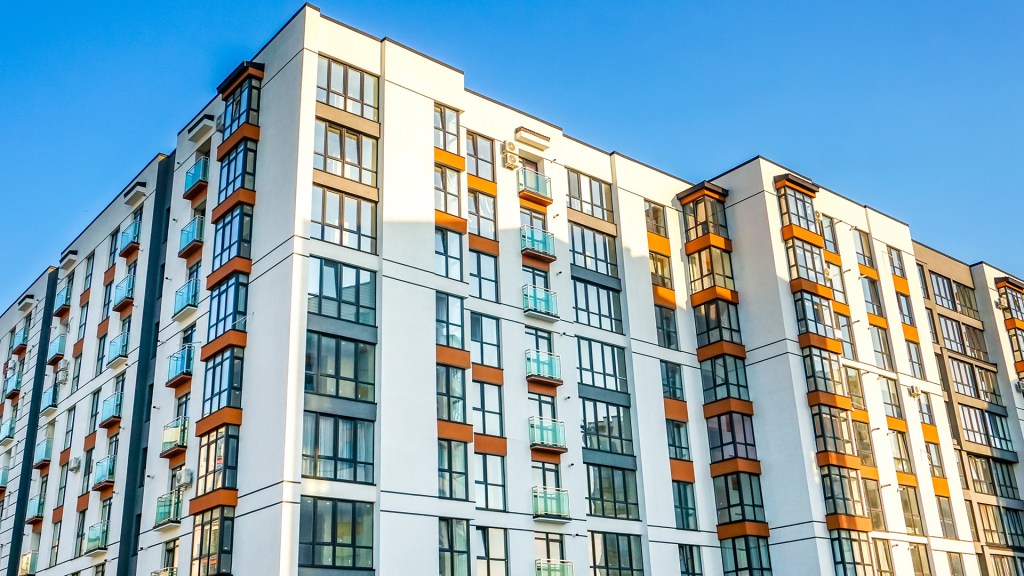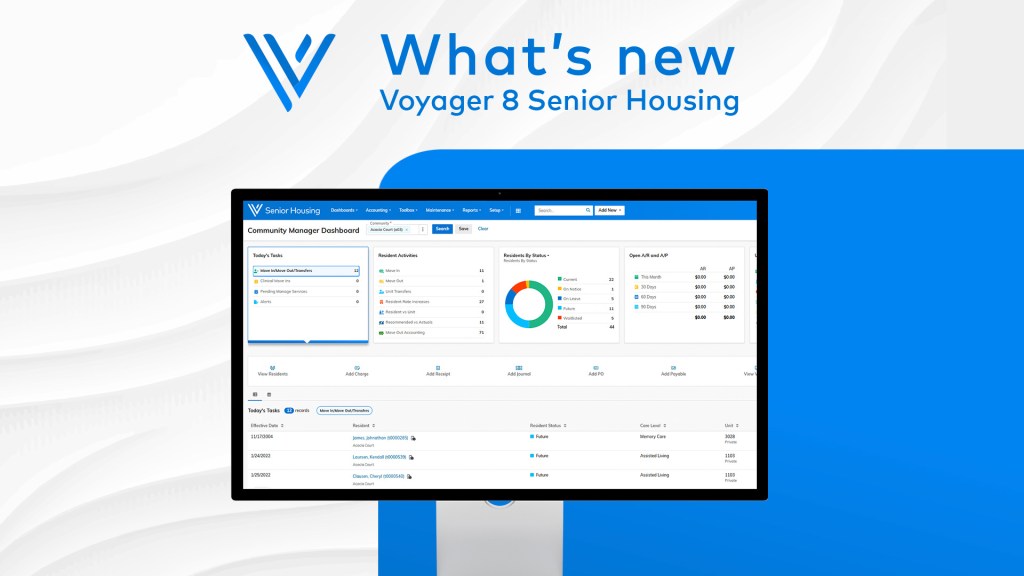By Erica Rascón on June 18, 2019 in Events News
The National Apartment Association (NAA) is known as a source of industry best practices, innovation and benchmarks. As the organization’s annual conference is nearly upon us, we took the time to look at some of the organization’s recent research.

As the overall economy and U.S. rental market remains strong, the NAA’s research department conducted a national survey to explore what determines the construction of multifamily properties. The study aimed to identify best practices and factors that impact housing availability and affordability.
The factors considered included: community involvement, construction costs, affordability issues, infrastructure, density and growth restrictions, land supply, environmental restrictions, approval process complexity, political structure complexity and time to develop a new property.
“The intent of this study was to provide data to identify differences in land management and to provide a more holistic and fact-based review of best practices and factors that impact housing availability and affordability,” reads the report.
Rising costs for renters
In the past decade, the U.S. renter demographic increased by more than 19.6 million. As demand outpaces supply, rents rise with the largest strain on affordable and market rate housing.
Within the past four years, rents in Denver, San Jose, Seattle, Boulder, Oakland, San Francisco, Portland and Seattle have increased overall by more than 18 percent.
Housing also makes up a large portion of monthly spending, in some cases surpassing spending and budgeting best practices for sustainable lifestyles. More than 40 percent of residents in California, Florida, Hawaii, Louisiana, New York, New Jersey, and Oregon spend more than a 34 percent of their income on rent.
Major markets acknowledge the demand for affordable housing, but industry analysts disagree about how to meet the growing demand when confronted with barriers.
Construction influences and issues
The NAA study identified three major boundaries to construction. A major one was that neighbors’ and existing residents’ desires significantly influence development. “Citizen opposition to growth (NIMBYism) is important in regulating the rate of residential development in their community,” the report states. Without support from current residents and stakeholders, multifamily projects face an uphill battle.
Community members may resist an affordable housing project due to concerns about traffic, parking, decreased property values, crime, crowded schools and public services, and decreased water supply.
The survey also found it was “exponentially easier” for residents to use political pressure to stop development. Researchers suggest that social media and other internet applications contribute to the delay of development.
Not all projects are viewed equally by potential neighbors. Nearby residents were more likely to support the approval of higher priced housing or rental units with lower densities.
According to survey participants, community support ranked second to land availability as a factor in project construction.
Affordable housing is hampered by rising labor and land costs. For 30 percent of respondents, land costs have risen by more than 20 percent in the past 5 years. An additional 36 percent report that land costs have risen by up to 20 percent in that same timeframe.
About 33 percent of respondents say construction costs have increased by at least 20 percent in the past five years with an additional 45 percent stating that costs have increased between 11 and 20 percent.
The report suggests that traditional models for low-cost and affordable projects cannot cover rising land and labor costs.
Approval systems impact affordability issues. Analysts examined 58 markets including 29 major markets. They found a correlation between low renter affordability and costal markets with low land availability and rigid approval protocols. The report suggests that impact fees and complex approval processes “challenge” smaller affordable housing developments.
Read the full report for more details. The NAA’s annual Apartmentalize convention will be held June 26-28 in Denver, Colorado. Learn more about the industry’s don’t-miss event here.


